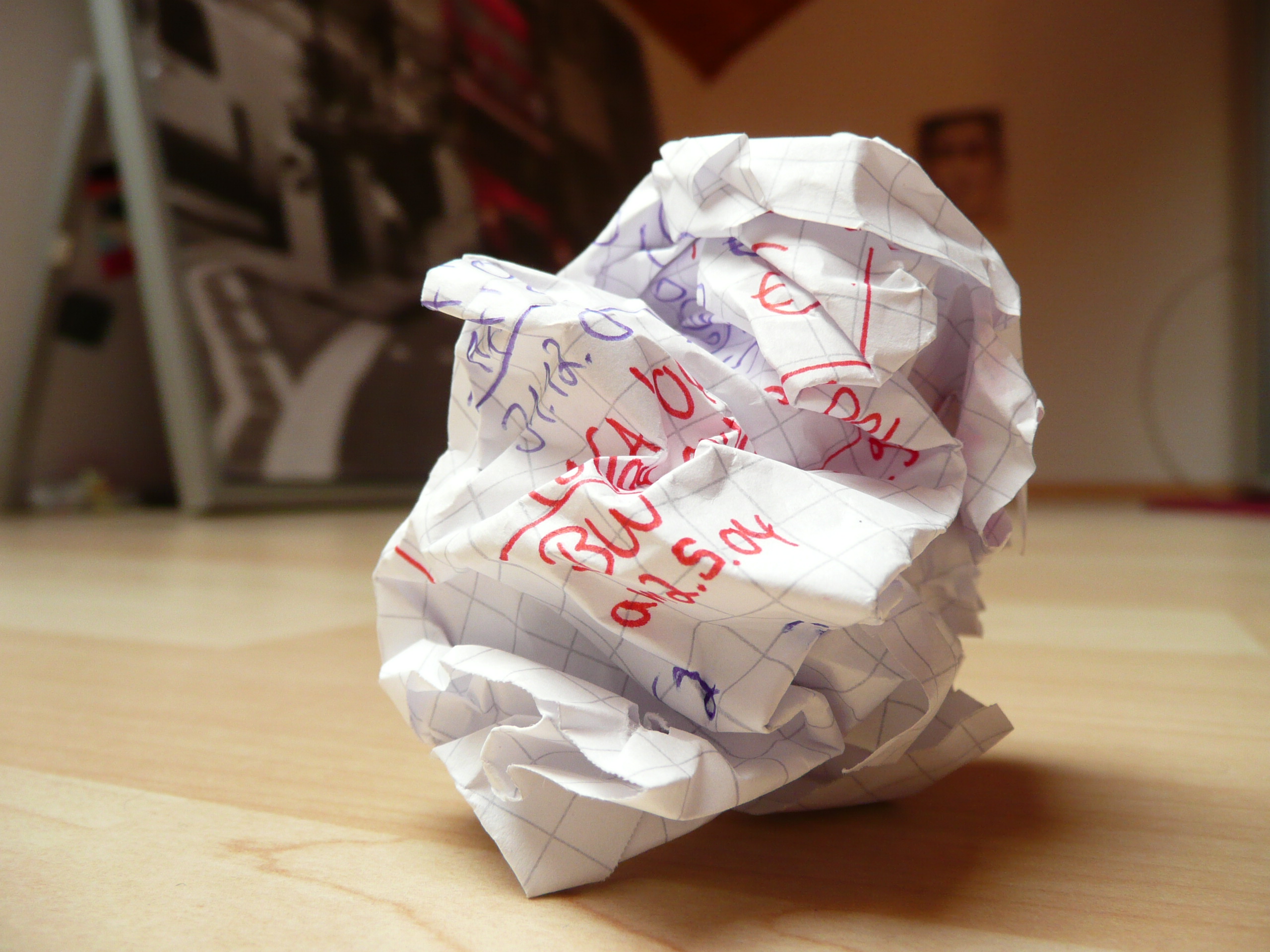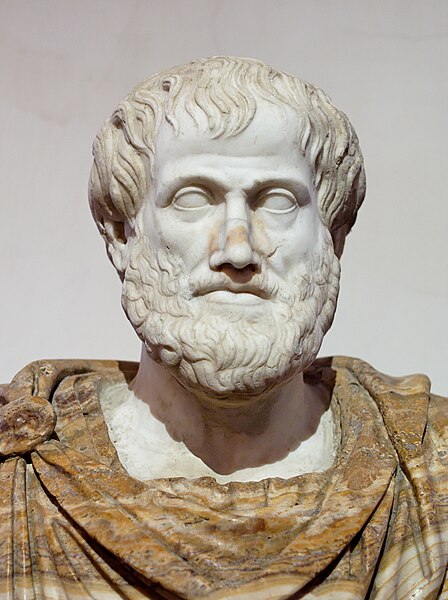“Wit is educated insolence.” --Aristotle
I included this quote for two purposes:
1) to honor Aristotle who categorized the rhetorical strategies
of ethos,
pathos, and logos, and 2) to comment on the way in which the author of my
article seems to present himself in regards to the topic.
Ethos
In
Why Climate Engineering Won’t Work, Anders Levermann employs a scientific
talk that serves to impress the audience.
He explains the science in simple terms, but also uses the engineering
language to establish that he has knowledge on the topic and therefore
authority to voice his opinion. The
audience is then inclined to believe his message, especially since many of them
have little knowledge on the subject themselves and are forced to just accept
what the author is saying as fact.
Levermann uses a condescending tone
when speaking of climate engineering, such as “If we don't want to screw up our
climate…” and so forth. This strategy is
used to make him sound as though he were above Crutzen and the people working
with this engineering, and thus he has the authority to judge whether or not
this technique will be effective. Depending
on if the audience feels threatened by this condescending tone, they will either
feel more pressure to believe him or think that he is resorting to insults because
his facts are not strong enough to support his argument.
Anders Levermann uses his reputation
and his expertise to his advantage. He
has over 800 followers on Twitter in which he posts about climate change
daily. The link to his twitter is
included at the bottom of the article, as well as a mini bio about himself
where information is provided about his job as a professor of Physics in
Germany. All this makes a great claim
for Levermann, showing that he has the proper resources and knowledge to speak
with authority on this topic. The
audience is led to trust this man that the facts he points out are credible and
true.
Throughout the article, Levermann
constantly addresses the counterarguments.
He starts by presenting what others believe about climate engineering,
and then explains why this idea is flawed.
The body of his writing is structured in this way. Although this adds to his credibility, it
does little for the readers since the majority of them do not have the
knowledge to be making counterarguments of their own.
All these strategies help for
making an effective argument, as the audience feels that they can fully trust
the author, even if he does come across as harsh and insolent. Levermann is obviously very biased against
climate engineering, but his focus on facts seems to draw away from this point.
Pathos
Right from the get-go, Levermann
reminds the reader of two popular news items regarding the effects of climate
change in the world. Whether or not people
have personal connections to the California drought or the Vanuatu typhoon, the
events still remind readers of the heartache and difficulties experienced. The author has now given the audience a
reason to care about the situation at hand, and thus a reason to be invested.
Levermann continuously plays on the
word “simple.” Since this is a scientific
problem, the reader believes that the arguments will be confusing or difficult
to understand. Levermann tries to get his
reader to believe that the argument is “simple” and that the flaws are “fundamental.” The audience is led to think that if this
problem is so simple, then it shouldn’t be that be that hard to accept what the
author is writing.
Although technical, Levermann employs
a very informal speech to talk with his readers. His annoyance and anger towards climate engineering
is overt and comes across as very relatable to the audience. This helps the audience to problem,
presenting the issue on a more “human” level rather than the distant, unbiased scientific
language that scientists often have to use.
However, his informality also makes him sound like he is complaining and
annoyed, which might turn the reader away from what he has to say.
Altogether, these pieces make the
message relatable and important to the general public. On the other hand, the pathos makes the
message feel as though it is childish since the author seems annoyed with the
almost stupidity of those who desire climate engineering. In addition, the informality draws away from
his credibility since he no longer sounds like a scientist but a regular
angered human being.
Logos
Levermann relies on Logos in the
body of his text. He uses facts and
statistics that back up why he believes climate engineering is
ineffective. He infers that these
statistics are accepted among the physicist community but does not reference or
site any other names of professionals.
The author wants the reader to feel that the proof is in the facts and
needs no other form of persuasion. Given
that this is a science based article, it is very effective since the audience
is coming into the article expecting facts and proof backed by science.
Anders Levermann also puts a lot of
thought into the structure of his paper.
The organization allows the reader to grasp the message of the article
even if they don’t understand the science behind it. The sentences use simple language to help the
reader follow the logic of the argument.
The author continually states the message of the article that climate
engineering is flawed so that the reader doesn’t feel lost in the “science” of
it all. This strategy is once again
effective as the reader would quickly give up on the article if they ever felt
overwhelmed by argument that was being presented.
Reflection:
After reading Chris Bohlman's post and Stef Antonopoulos' post, I realized that it can be really helpful to include quotes that back up your claims, especially so that in the future you can reference specific parts of your article. I also noticed that you can take the analysis a step further by telling what the effect would have been if the author did (or didn't do) x, y, or z.
I feel my analysis was very comprehensive and just as developed as my peers. By answering each of the questions for each of the strategies individually, I included what the effect of the parts were as well as what the effect of the whole was. I felt that even though my analysis was organized differently than those of my peers, the information was still the same and still thoroughly evaluated the effectiveness of the rhetorical strategies.














.jpg/1280px-Teatro_Shakespeare_(P%C3%BAblico).jpg)





:origin()/pre06/0eec/th/pre/i/2007/108/e/e/the_effects_of_global_warming_by_adi1heidi2gaddi3.jpg)